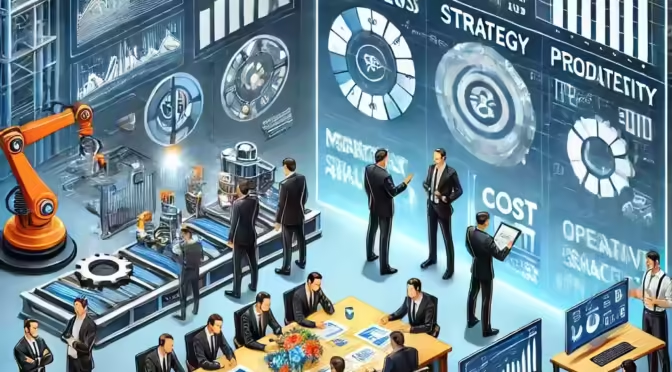Organization and Job Design play a crucial role in laying out how work will be performed and how employees will interact to achieve organizational goals. In Fundamentals of Human Resource Management (DeCenzo, Robbins, Verhulst), the authors emphasize that designing the organizational structure and individual jobs must be coordinated so that employees understand their roles in the organization’s broader strategy and have the resources and motivation to succeed .
1. Designing the Organizational Structure
Organizational structure refers to how work is divided and coordinated within the company. HR specialists often help management determine how centralized or decentralized the authority should be, and how reporting relationships and spans of control are established . For instance:
- Centralization vs. Decentralization
- Centralized structures consolidate decision-making at higher levels, enabling tighter control.
- Decentralized structures delegate authority to lower levels, allowing greater autonomy for frontline employees.
- Formal vs. Informal Structures
- Formal structures rely on strict reporting lines and defined job tasks.
- Informal structures lean on flexible networks, often emphasizing collaboration and cross-functional teams.
- Link to Strategy
- The structure should align with organizational goals. For example, a cost-leadership strategy may adopt a more streamlined, centralized design that reinforces efficiency and consistency.
- A product-differentiation strategy may rely on flexible structures (e.g., project teams) that encourage creativity and innovation.
From an HR standpoint, designing the structure involves answering questions such as:
- How wide or narrow should each manager’s span of control be?
- How should teams be formed to promote collaboration and accountability?
- Which type of reporting relationships and department groupings best fit the organization’s mission?
Once an appropriate structure is chosen, HR professionals can align job design, performance appraisals, compensation systems, and other HR policies accordingly .
2. Designing Individual Jobs
Along with deciding how to group and coordinate work overall, job design specifies the tasks an individual employee will perform, the methods to accomplish those tasks, and the connection of the job to organizational strategy . Two critical considerations are:
- Task Characteristics
- Job content: The specific duties, responsibilities, and procedures that define the position.
- Task variety and significance: Employees often want to see how their contributions matter. Giving tasks a clear purpose and seeing a completed product or visible outcome fosters a sense of accomplishment.
- Work Environment
- Resources: Providing up-to-date tools, equipment, and technology.
- Autonomy: Structuring jobs so employees have enough freedom in scheduling tasks and decision-making can improve motivation.
- Feedback: Clear performance standards and timely feedback promote learning and improvement.
Job Enrichment
Frederick Herzberg’s “job enrichment” concept advocates for broadening the scope and depth of a job, making it more meaningful and motivating . This can involve:
- Giving employees greater responsibility or authority in decision-making.
- Encouraging skill variety—so employees can apply multiple talents.
- Providing clear “task identity,” where they can see a completed product or service.
Flexible Work Schedules
Even how the job is scheduled can affect design. Options like compressed workweeks, flexible schedules (flextime), job sharing, and telecommuting can improve work–life balance and satisfaction if the nature of the job allows it .
3. Linking Structure and Job Design to Strategy
A well-designed structure and properly designed jobs align employees’ work with the organization’s mission, creating a sense of purpose. HR professionals ensure each job:
- Is clearly connected to organizational goals and culture.
- Has standards that fairly and accurately measure performance.
- Rewards and motivates employees through relevant compensation and benefits.
When the structure and job design are done effectively, people understand:
- Who is responsible for what tasks.
- How decisions are made in the chain of command.
- Why their jobs are essential.
This holistic alignment—from the organizational chart to the individual job—helps build consistency, coordination, and productivity.
Key Takeaways
- Organizational structure choices (e.g., centralized vs. decentralized) must flow from the organization’s strategy, shape reporting relationships, and define how teams coordinate.
- Job design details the tasks, responsibilities, and working conditions of a position, aiming to enhance employees’ skills, motivation, and connection to the larger mission.
- Approaches like job enrichment and flexible work arrangements can make jobs more satisfying and better suited to an evolving marketplace.
- Strategic alignment ensures both the overall structure and each individual job reinforce organizational objectives, creating a high-performing work environment .
Together, organization design and job design provide the blueprint for how employees collaborate, contribute, and realize the organization’s goals.
